Introduction
Nasal fractures are the most common types of facial fractures; however, they are often unrecognized and untreated at the time of injury. Its central position and anterior projection on the face predisposes the nose to traumatic injury. Studies have shown that most nasal fractures involve the septum, which can be an obstacle to successful reduction.
Fractures can be classified as open or closed, depending on the integrity of the mucosa. Prompt identification and management of the injury in the early postinjury period is imperative to avoid the potential complications of nasal and septal fractures. Confirming that septal hematoma is not present is crucial to avoid further compressive damage to native tissue and dangerous infectious complications. Longer-term follow-up allows the surgeon to assess for both early and late sequelae of injuries to the nasal complex. Surgical intervention may be appropriate in the early postfracture period or much later, after the fracture has healed.
For excellent patient education resources, visit eMedicine's Breaks, Fractures, and Dislocations Center. Also, see eMedicine's patient education article, Broken Nose.
An oblique view of nasal fractures is depicted below.
Frequency
Nasal fractures are the third most common types of fractures, behind fractures of the clavicle and wrist. Nasal fractures are often cited as the most common type of facial fracture, accounting for approximately half of all facial fractures in several studies. Zygomatic (22%), blowout (12%), mandibular bone (8%), and maxillary bone (9%) fractures follow in frequency.
Etiology
Most commonly, nasal bone fractures are sustained in fights (34%), accidents (28%), and sports (23%). A 2009 study of 236 patients with facial fractures incurred while playing sports determined that fractures of the nasal bone were most common.1
With increasing use of air bags in automobiles, a shift in the mechanism of injury and the type of nasal fractures has occurred; therefore, the incidence of septal injury in nasal fractures, without concurrent nasal bone fracture, has increased.
In children, nasal fractures are most commonly due to falls. The possibility of child abuse should be considered in every child presenting with a nasal fracture.
Pathophysiology
The direction of force to the nose during injury determines the pattern of the fracture.
- Frontal force causes damage ranging from simple fracture of the nasal bones to flattening of the entire nose.
- Lateral force may depress only one nasal bone; however, with sufficient force, both bones may be displaced. Lateral force can cause severe septal displacement, which can twist or buckle the nose. Septal fragments may interlock, creating further difficulty in reduction.
- Superior-directed force (from below) rarely occurs. It may cause severe septal fractures and dislocation of the quadrangular cartilage.
Presentation
Clinical findings in patients with a history of trauma to the nose or face may include the following:
- Epistaxis, which is common in nasal fractures due to mucosal disruption
- Change in nasal appearance
- Nasal airway obstruction
- Infraorbital ecchymosis
Indications
Indications for repair of nasal fractures include abnormal nasal function, abnormal appearance, and presence of early postinjury complications. Several methods of reduction and repair can be performed to achieve good cosmetic and functional results.
- Closed reduction may be performed under local anesthesia or local anesthesia with mild sedation. Indications include the following:
- Simple fracture of nasal bones
- Simple fracture of nasal-septal complex
- Open reduction requires deeper sedation or a general anesthetic. Indications include the following:
- Extensive fracture-dislocation of nasal bones and septum
- Fracture dislocation of caudal septum
- Open septal fractures
- Persistent deformity after closed reduction
- Relative indications, eg, septal hematoma, inadequate bony reduction due to septal deformity, cartilaginous deformities, displaced nasal spine, and recent intranasal surgery
Relevant Anatomy
- Nasal skin has an abundant blood supply and tends to be thinner over the rhinion and thicker over the nasion. Nasal skin thickness varies among individuals.
- The nasal pyramid is composed of 2 nasal bones and the frontal process of the maxilla. The thickness of the bones decreases toward the tip of the nose; as a result, most fractures occur in the lower half.
- Upper lateral cartilages form the middle nasal vault. Upper lateral cartilages are attached to the nasal bones superiorly, the quadrangular cartilage of the septum medially, and the lower lateral cartilages (ie, tip cartilages) inferiorly.
- The images below depict the oblique and lateral view of the nasal anatomy.
- Sesamoid cartilages are less important and lie in the fat pad between lower lateral cartilages and the piriform aperture.
- The nasal septum (as seen in the image below) has a cartilaginous and bony component that is lined with mucoperichondrium and mucoperiosteum, from which the cartilage and bone receive their blood supply. Interruption of the opposition of perichondrium to cartilage (as with septal hematoma) may interrupt the blood supply and lead to resorption of septal cartilage and possibly subsequent saddle-nose deformity.
Contraindications
Some fractures do not need correction, providing the patient is satisfied with the appearance and function of the nose. In more severe injuries, one must entertain the option of deferring a nasal procedure until the patient has become stabilized.
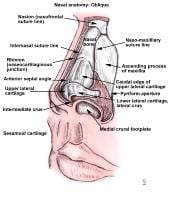
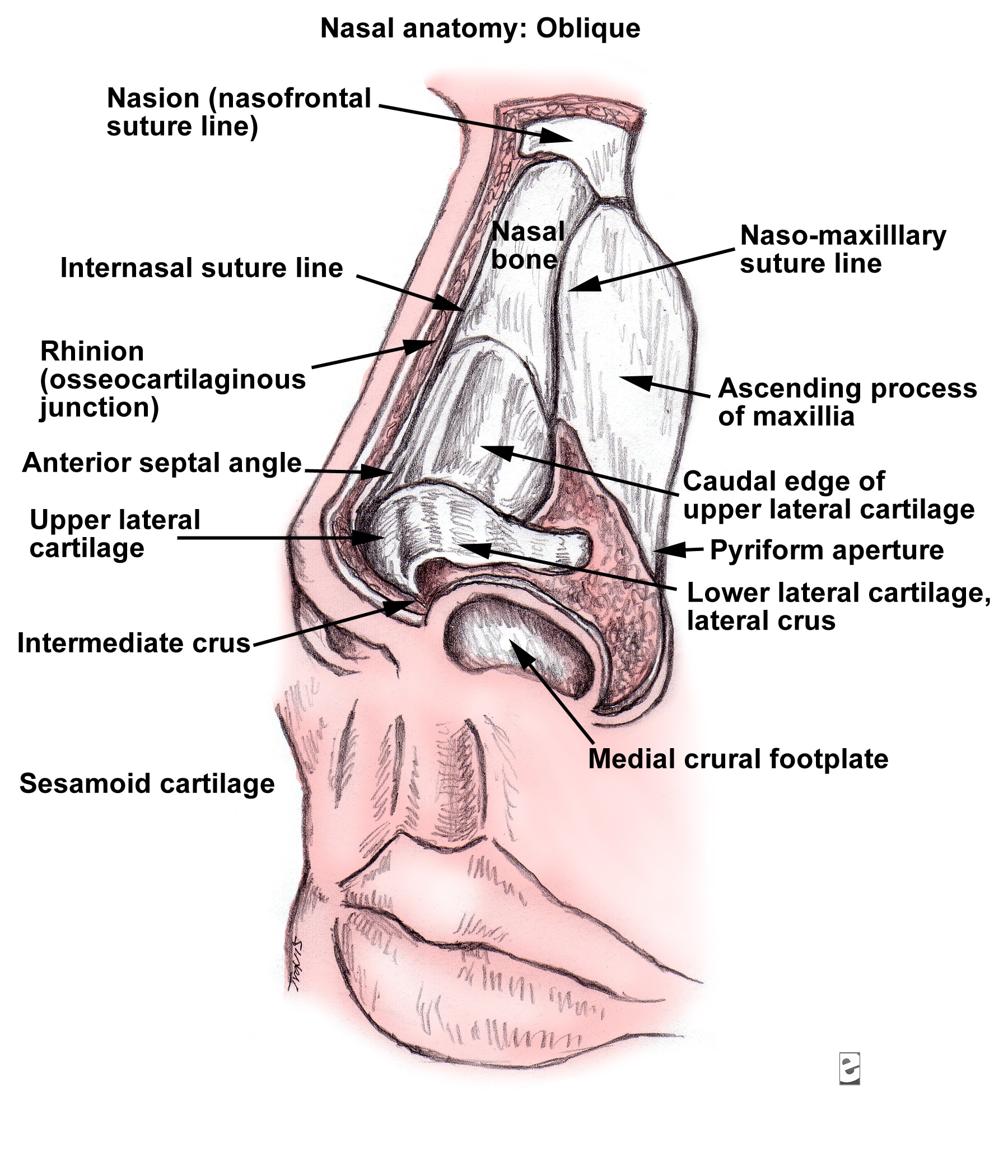
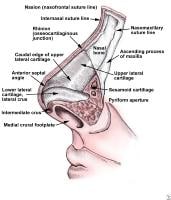
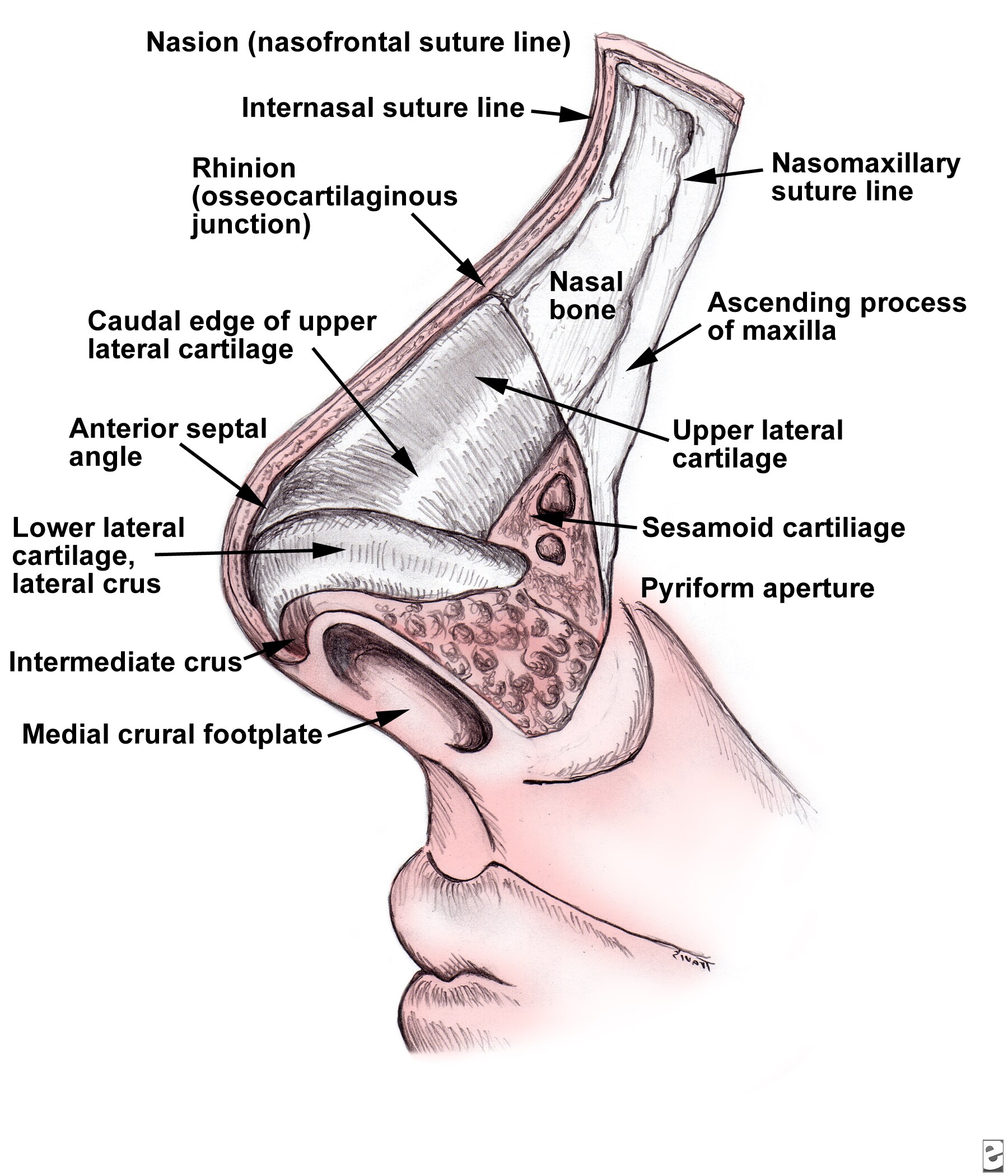
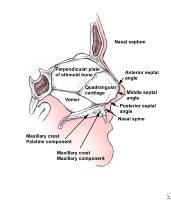
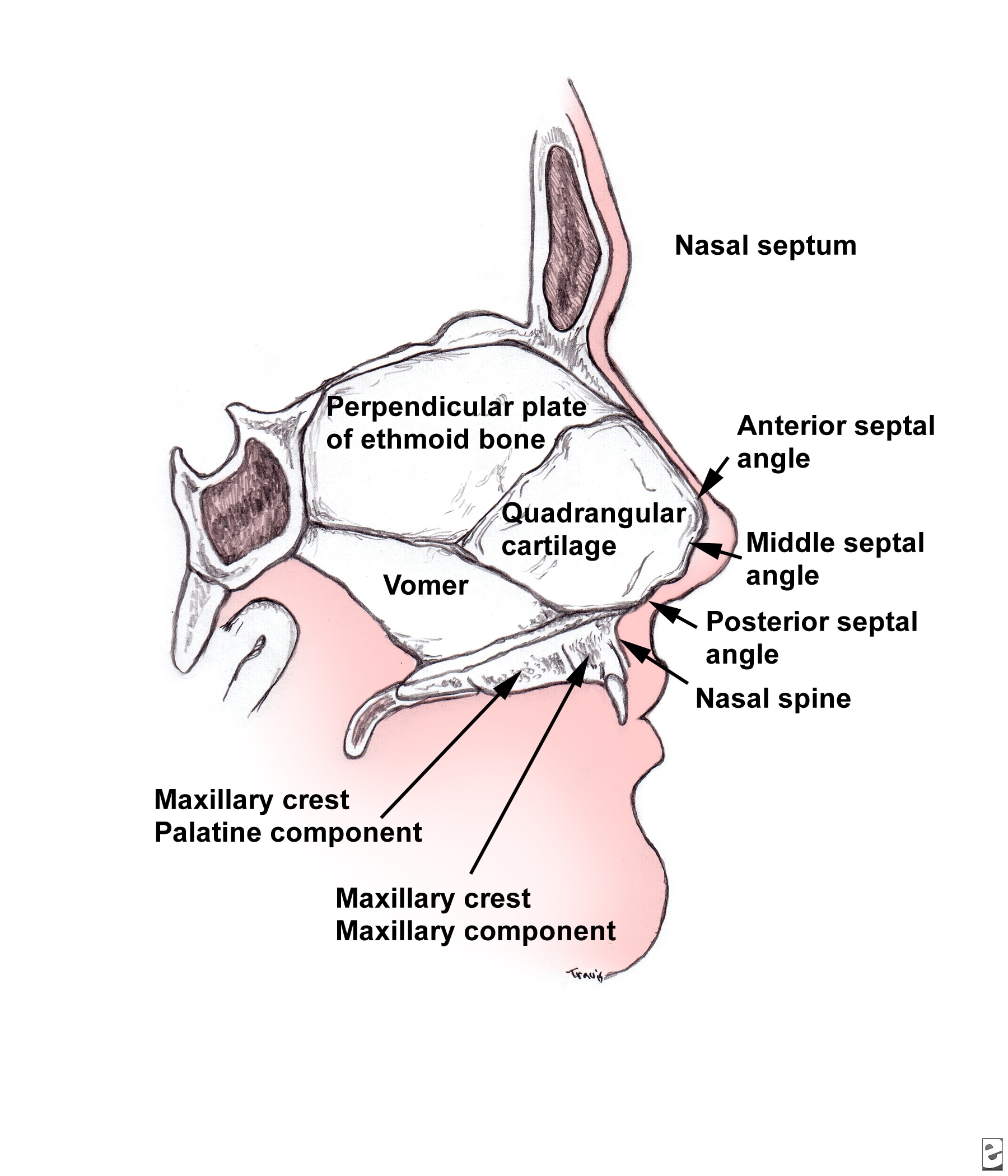

I was diagnose with genital warts since 2012 i have be taking lot treatment and all i got is outbreak. in 2015 I gave up the treatment because I can't continues wasting time and money on treatment at the end it will not cure me. about 6 weeks ago i did natural research online I had So many people talking good about natural remedy, after the research i was recommended to Dr onokun, And I wrote to him through his email and told him my problem after some conversations with him he gave me natural treatment after 1 week Dr onokun treated me i got cured permanently. and i went to see my doc he confirmed that the diseases has gone out from my body. every patients should know there is 100% natural hpv cure. contact Dr onokun his email address: dronokunherbalcure@gmail.com
Trả lờiXóa